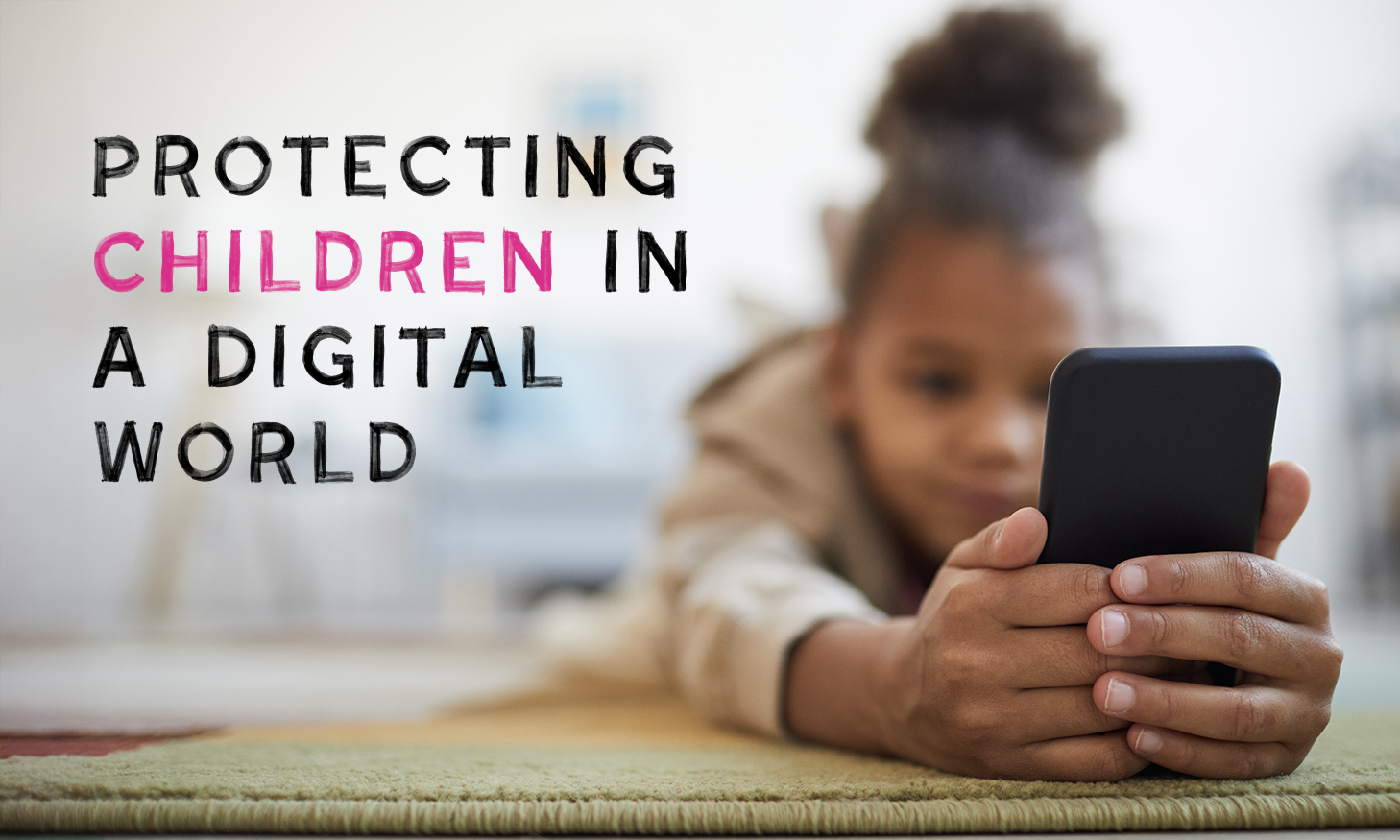When we think about protecting our kids, we naturally focus on the dangers we can see — teaching them to escape a fire, call 911, or avoid strangers. But today, some of the greatest threats to our kids are hidden in plain sight, lurking behind screens. Online predators use digital platforms and anonymity to manipulate and exploit young people, often without a parent ever knowing. That’s why it’s more important than ever for parents and caregivers to educate ourselves so we can empower our children to navigate the online world safely and confidently.
Alarmingly, one in five children encounters sexual solicitation online before the age of 18. And contrary to what many parents hope — or are led to believe — no app, platform, or device is entirely safe. Even popular apps marketed to children or teens, like YouTube Kids, Roblox, Fortnite, TikTok, and Snapchat, are routinely used by predators to access and exploit young people. These platforms may tout “teen accounts” or safety settings, but the reality is: predators will always find a way in.
That’s why online safety cannot be achieved through filters and parental controls alone. While safeguards like disabling location services, turning off chat functions, and setting up parental controls are important tools in the toolbox, they are not enough. True digital safety comes from the conversations we have with our children — conversations that teach them to recognize red flags, understand safe boundaries, and feel empowered to speak up.
We must teach our children that anyone they meet online could be an adult pretending to be a peer. That they should never talk to strangers on the internet, never share private information or photos — especially images of their bodies — and never feel pressured to keep secrets from trusted adults. And just as importantly, we must remind them over and over again that they can come to us with anything — even if they’ve made a mistake, broken a rule, or feel scared or ashamed. Because it’s not fear or punishment that keeps kids safe — it’s trust.
With an alarming rise in cases of sextortion — a deeply manipulative form of abuse in which predators coerce children into sending explicit images, then threaten and extort them, often demanding more images or money — the urgency of digital safety education cannot be understated. The devastating consequences of this crime are all too real: sextortion has been directly linked to a troubling increase in youth suicide; and because these children would be alive but for the actions of predators, these crimes are now been labeled homicides. We must act now to keep children safe.
Parents need to know that predators are now operating through every internet-capable device: deactivated phones connected to Wi-Fi, game consoles, tablets, and social media platforms. They know the online spaces where kids are, and they go there, too — often using fake identities and lies to groom and trap unsuspecting children, causing long-term and sometimes irreparable harm.
The FBI’s 2024 Internet Crime Report reveals just how pervasive this threat has become: over 859,000 reports of suspected internet crime nationwide, with losses totaling more than $16 billion — a 33% increase from the year before. According to the FBI’s latest report, Florida ranks among the top three states for cybercrimes, underscoring the urgent need to tackle cybercrime and protect our children from online predators.
Each June, National Internet Safety Month serves as a reminder of the critical importance of having open and transparent conversations with our children about digital dangers. As parents, this is our moment to step up. By fostering an open dialogue with our kids, we can help them understand the risks and navigate the digital world safely. We can teach them to avoid strangers online, safeguard their personal information, and think twice before sharing private images. We shouldn’t be afraid to dive into conversations about sexting and sextortion, as these discussions can build trust and set them up for success if they encounter a scam, which is, unfortunately, increasingly likely. Setting a digital code of conduct, regularly reviewing their online activity, and staying informed about the apps they use are powerful tools for establishing digital safety.
As a mother, survivor of childhood sexual abuse and digital exploitation, former legislator who has passed laws combatting these crimes, and lifelong advocate for child safety, I urge families across the country to take this seriously. We must treat digital safety with the same urgency and care as we do fire drills or seat belts. Many organizations, including Lauren’s Kids, provide free and accessible resources to teach personal and digital safety effectively and without fear. Anyone interested can visit LaurensKids.org for more information and access to our resources.
It’s time to turn fear into action and create a digital space where kids can thrive, and survivors can rebuild confidently. Together, as families, communities, and advocates, we have the power to tackle cybercrime head-on and protect our children.
Lauren Book, M.S. Ed, is a child advocate, former classroom teacher, best-selling author, former Florida State Senator, and the Founder and CEO of Lauren’s Kids. As a victim of childhood sexual abuse for six years at the hands of a trusted caretaker, Lauren founded Lauren’s Kids as a vehicle to prevent childhood sexual abuse and help other survivors heal.

